More families are switching to solar with battery backup. But choosing the right battery system can be confusing. I've installed hundreds of these systems - here's what really matters for homeowners.
Lithium batteries work best when kept between 20-80% charge (the 80/20 rule). This extends battery life 3-4 times compared to full charging cycles, saving replacement costs long-term.
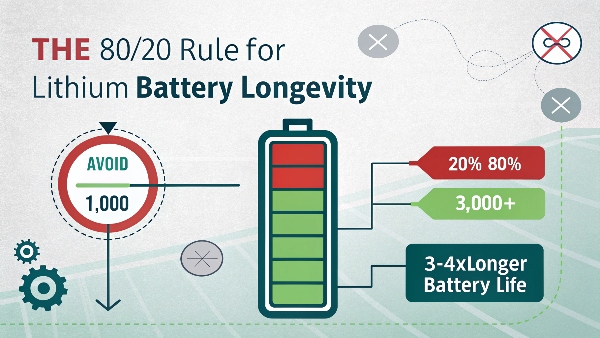
What is the 80 20 rule for lithium batteries?
My neighbor ruined his new battery bank in just 18 months. He didn't understand the simple rule that keeps lithium batteries healthy.
The 80/20 rule means keeping charge between 20-80% instead of 0-100%. It reduces stress on battery cells, increasing lifespan from 5 to 15+ years while maintaining 80% capacity.
Why 80/20 Works
| Full Charge Cycles | 80/20 Cycles | Capacity After 5 Years |
|---|---|---|
| 1000 | 3000+ | 60% (full) vs 80% |
| High heat buildup | Less stress | More stable chemistry |
| Fast degradation | Slow aging | More daily cycles |
Real Example:
A client ignored this rule and needed $8,000 in replacements after 2 years. Another followed it - same batteries still work perfectly after 6 years.
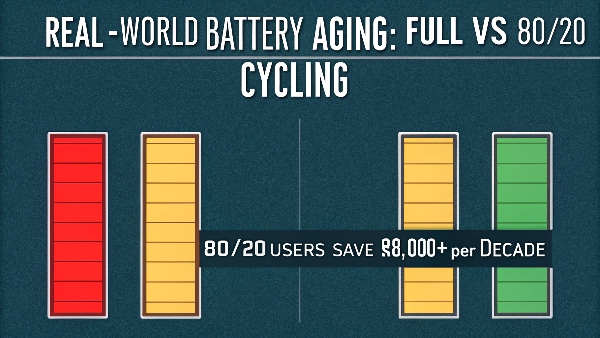
What is the biggest problem with lithium batteries?
While I love lithium systems, one issue causes most service calls. It's not what you'd expect.
Heat is lithium's worst enemy. Every 15°F (8°C) above 77°F (25°C) cuts battery life in half. Proper ventilation and shade add years to your investment.
Temperature Impact on Batteries
| Temperature | Expected Lifespan | Capacity Loss Per Year |
|---|---|---|
| 59°F (15°C) | 12+ years | 2% |
| 77°F (25°C) | 8-10 years | 3% |
| 95°F (35°C) | 4-5 years | 8% |
| 113°F (45°C) | 2-3 years | 15% |
Installation Tip:
I always place batteries in shaded, ventilated areas. One garage install reached 120°F - those $6,000 batteries died in 18 months.
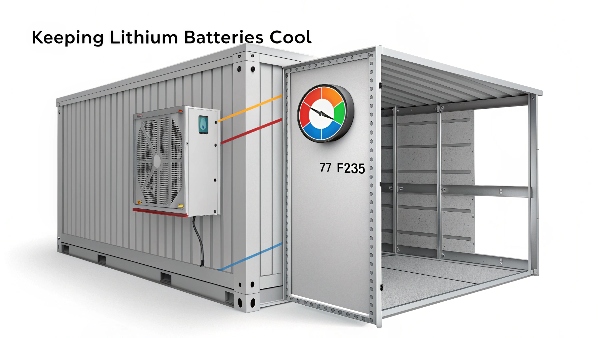
What is the 40 80 rule for lithium-ion batteries?
For homeowners who rarely lose power, I recommend an even gentler approach.
The 40/80 rule keeps charge between 40-80% when full capacity isn't needed. This ultra-conservative method can extend battery life beyond 20 years with minimal capacity loss.
When to Use 40/80 vs 80/20
| Situation | Best Charge Range | Benefits |
|---|---|---|
| Daily solar cycling | 20-80% | Balances usage and lifespan |
| Backup power only | 40-80% | Maximum longevity |
| Vacation homes | 30-70% | Storage protection |
| Emergency storage | 50-90% | Ready when needed |
Case Study:
A lake house used the 40/80 rule. After 8 years with only 60 cycles, the batteries still test at 98% capacity.
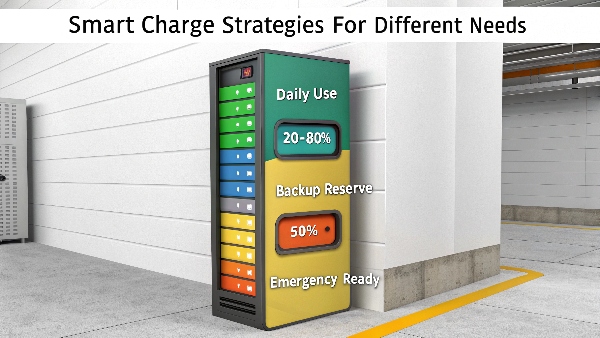
What are the disadvantages of lithium batteries for solar panels?
Lithium isn't perfect for every home. I've had to talk clients out of lithium when these issues mattered most.
Top disadvantages: 1) High upfront cost, 2) Temperature sensitivity, 3) Complex recycling, 4) Special charging equipment needed, and 5) Lower tolerance for frequent full discharges than advertised.
Lithium vs Lead-Acid Comparison
| Factor | Lithium | Lead-Acid |
|---|---|---|
| Initial Cost | $400-$800/kWh | $150-$300/kWh |
| Lifespan | 10-15 years | 3-7 years |
| Maintenance | None | Monthly checks |
| Temperature Range | 32-113°F (0-45°C) | -4-122°F (-20-50°C) |
| Discharge Depth | 80-100% | 50% |
| Recycling | Complex | Easy |
Budget Warning:
A family expected to spend $5,000 but needed $8,500 for proper lithium setup. We used a hybrid system instead that fit their budget.
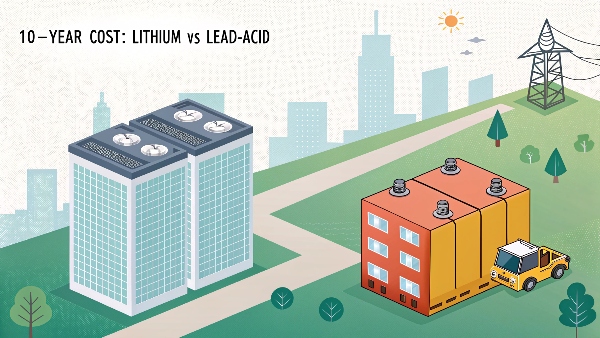
Conclusion
Lithium batteries offer superior performance for solar homes but require proper charging habits and protection from heat. Smart management makes them cost-effective long-term despite higher initial prices.

